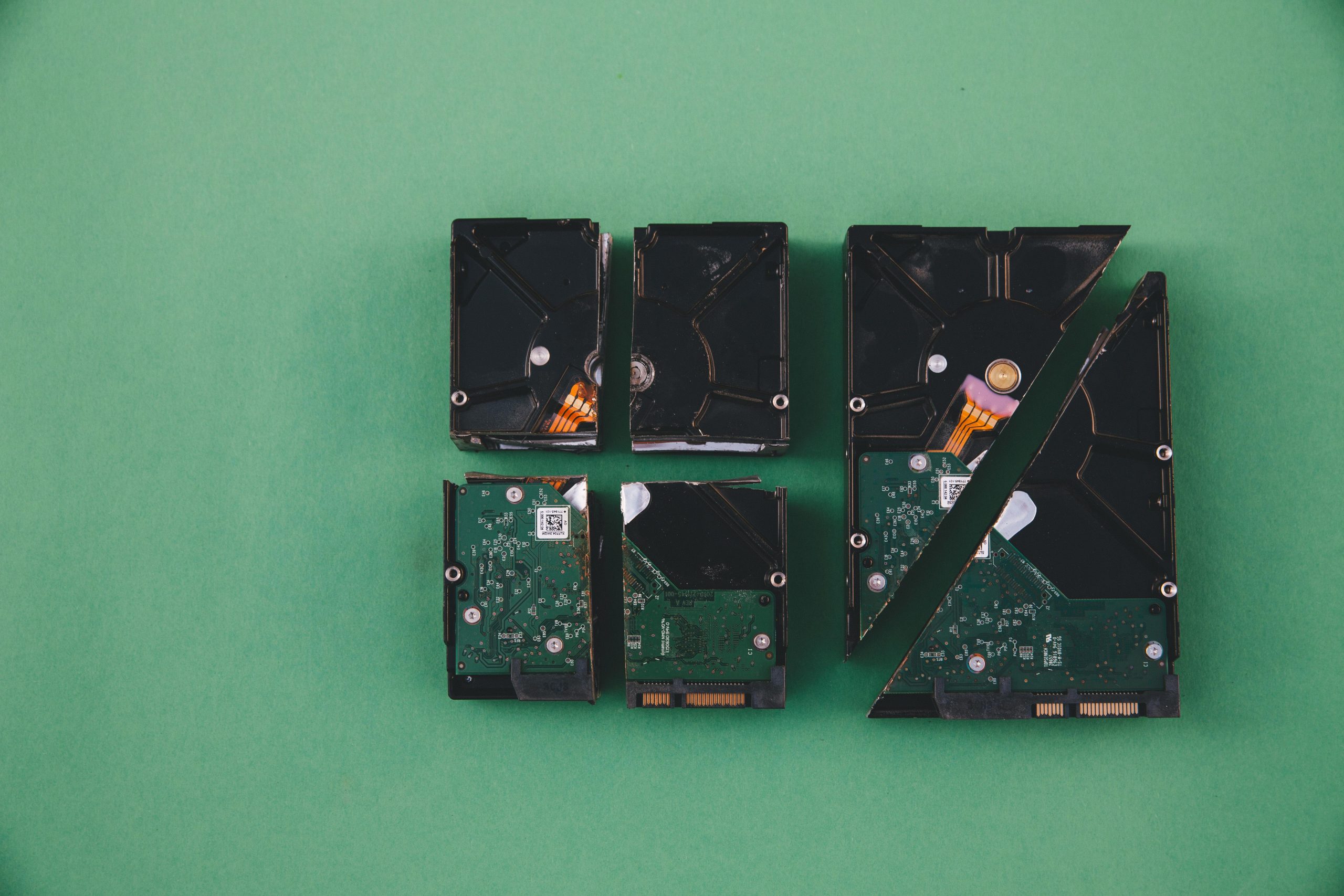Comprehensive External SSD Buying Guide for 2025: Is the Crucial X9 Pro Still Leading the Market?
Navigating the landscape of external SSDs can be challenging with the plethora of options available in 2025. If you’re seeking a reliable, high-performance drive for professional workflows such as large file transfers, photo editing, and robust backups, understanding your best choices is essential. This guide aims to help you evaluate key features, compare leading models, and make an informed investment to suit your specific needs.
Understanding Your Storage Needs
Before diving into specific products, clarify your usage scenarios:
- Transferring large video and project files efficiently.
- Accessing and editing Lightroom and Photoshop libraries directly from the drive.
- Maintaining secure, reliable backups of important documents and code.
Based on these needs, a 1TB to 2TB external SSD typically provides a balanced combination of capacity and portability, suitable for professional and personal workflows.
Evaluating the Top External SSDs of 2025
Among the myriad options, certain models have gained recognition for their performance, durability, and value. Historically, the Crucial X9 Pro has been regarded as a versatile, high-quality choice, balancing price and performance. However, the competitive landscape has introduced other compelling alternatives, including:
- Samsung T7 Shield
- Samsung T9
- SanDisk Extreme Pro
Let’s explore the primary considerations when choosing an external SSD.
What Features Should You Prioritize?
To ensure you’re selecting a drive that meets your workflow demands, consider the following parameters:
-
Transfer Speeds
-
Peak Speed vs. Sustained Write Speed: Peak speeds indicate the maximum achievable transfer rate, often under optimal conditions, while sustained speeds reflect real-world performance during continuous data transfer.
-
For transferring large files (e.g., 100GB folders), focus on drives with high sustained read/write speeds to avoid throttling.
-
Interface and Protocols
-
USB 3.2 Gen 2 or Thunderbolt 3/4: Modern interfaces provide higher bandwidth, translating into faster data transfer rates.
-
Compatibility: Confirm compatibility with your laptop or workstation’s ports.
-
Reliability and Durability
-
Build Quality: Ruggedized enclosures with shock and water resistance are advantageous if portability and durability are priorities.
-
Long-term Performance: Consider user reviews regarding consistent performance over time.
-
Connectivity Stability
Share this content:



